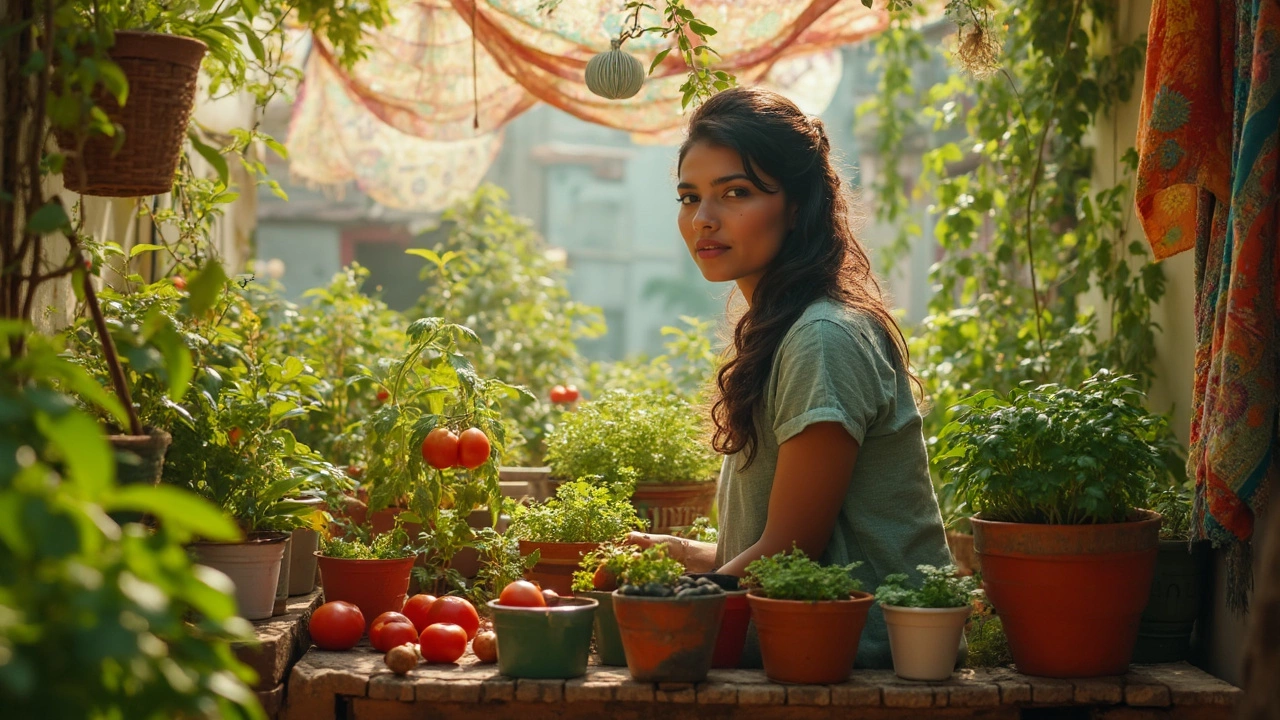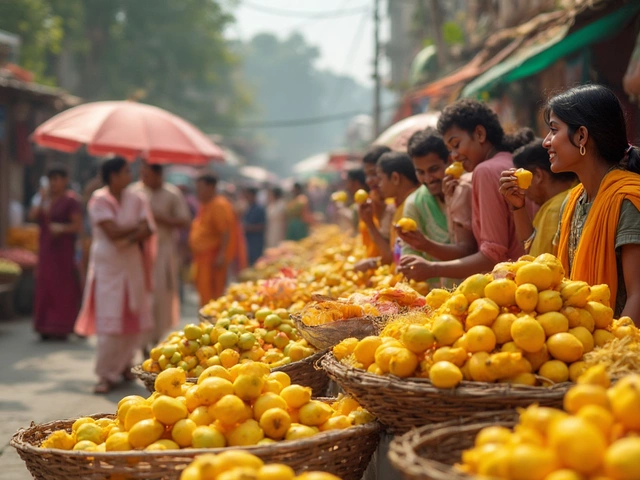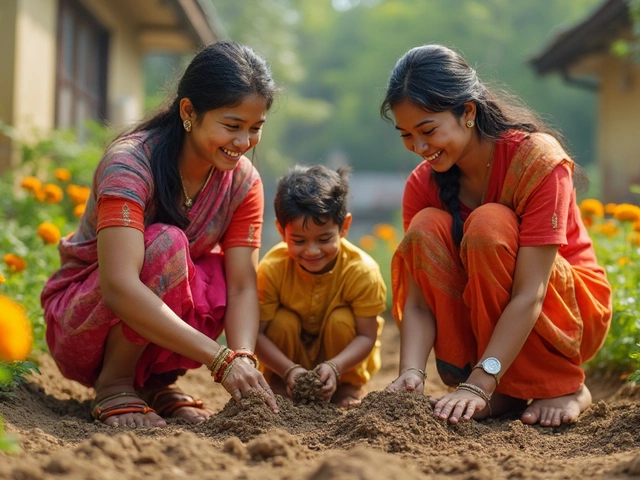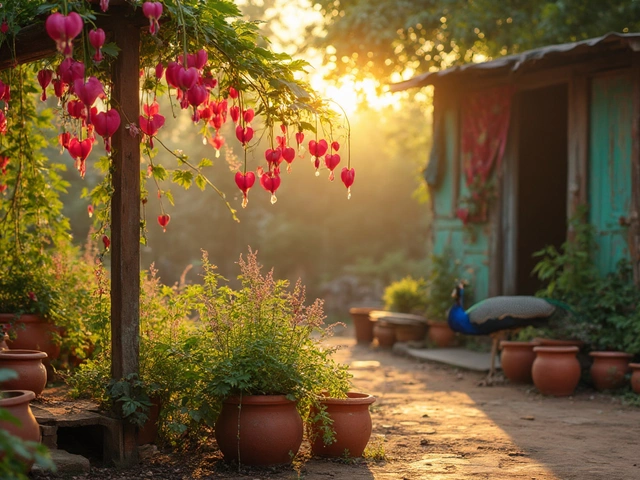Best Fruit to Grow in India – What Works Best for Your Garden
If you want fresh fruit right from your backyard, you need the right plant for your climate and space. India’s weather varies a lot, so the same fruit won’t thrive everywhere. In this guide we break down the easiest and most rewarding fruits you can grow, whether you have a big yard or a tiny balcony.
Why These Fruits Make the Cut
First, look at water needs. Most Indian regions face water shortages, so a fruit that can survive with less irrigation saves you time and money. Second, consider the growing season. A fruit that matures before the hottest months avoids sun‑burn and keeps yields steady. Third, think about the soil. If you have heavy clay or sandy soil, choose varieties that adapt well – many fruit trees tolerate a range of soil types with a little compost.
Finally, we look at the effort required. Some fruit trees need regular pruning, while others are almost set‑and‑forget. For beginners, low‑maintenance options are the best way to stay motivated.
Top Picks for Indian Gardens
Mango (Alphonso, Kesar) – The king of tropical fruit. It loves the hot climate of most Indian states and can handle a bit of drought once established. Plant a grafted sapling, give it deep watering for the first few months, and thin the canopy to let light reach the inner branches.
Guava – Grows well in both dry and humid zones. It tolerates poor soil, and the fruit is ready in 2‑3 years. Prune lightly after flowering to avoid too many branches crowding each other.
Papaya – Ideal for small spaces because it doesn’t need a large root ball. It bears fruit quickly – sometimes within a year – and thrives in full sun with well‑drained soil. Keep the plant around 6‑8 feet tall for easy harvesting.
Banana (Dwarf varieties) – Perfect for balconies or patio corners. Dwarf Cavendish or Rajapuri need rich, moist soil but only a few feet of space. They produce fruit in 9‑12 months and add a tropical feel to any garden.
Lemon – A versatile citrus that loves the Indian climate. It handles both heat and occasional cold snaps, making it safe for most regions. Regular feeding with organic fertilizer keeps the tree productive.
Jackfruit – If you have room, it’s a powerhouse. The tree can grow huge, but it tolerates imperfect soil and needs only seasonal watering. One tree can feed a whole family for months.
For tiny balconies, consider a tree‑less option like strawberries or dwarf pomegranate. They grow in containers, need little space, and give you fresh berries throughout the year.
When planting, always add a layer of compost or well‑rotted manure. It improves soil structure and stores moisture, which cuts down on watering. Mulching with dry leaves or coconut husk also keeps the soil cool and reduces weeds.
After the first year, watch out for common pests – aphids, fruit flies, and scales. A simple spray of neem oil or a sprinkle of ash often solves the problem without chemicals.
Harvesting at the right time matters. Fruits that stay on the tree too long can become over‑ripe and attract pests. Taste a few pieces each season to gauge the perfect moment. Most Indian fruits are ready when they change color and give a slight softening to the touch.
In short, pick a fruit that matches your local weather, soil, and how much effort you want to invest. Start with one or two varieties, learn their needs, and expand as you get comfortable. Fresh, home‑grown fruit not only tastes better but also saves you trips to the market.
Ready to plant? Grab a healthy sapling from a local nursery, dig a hole twice as wide as the root ball, and backfill with a mix of soil and compost. Water well, mulch, and watch your garden turn into a fruit haven.

Best Fruit and Veg to Grow on a Balcony: Easy Choices for Fresh Harvests
Thinking about turning your balcony into a mini farm? This article shares the easiest and most rewarding fruit and vegetables you can grow in small spaces. Learn which plants thrive on balconies, how to pick the right ones for your conditions, and discover clever ways to get the most out of every inch. Plus, find beginner-friendly tips that actually work in city living. No yard needed—just sun, pots, and a bit of patience.
About
Balcony Gardening
Latest Posts


How to Make Bad Dirt Good: Simple Fixes for Tired Garden Soil
By Alden Thorne May 11, 2025

Most Popular Flower in India: Why the Marigold Reigns Supreme
By Alden Thorne May 27, 2025

How Long to Let Tap Water Sit Before Watering Plants for Healthy Growth
By Alden Thorne Jul 18, 2025
